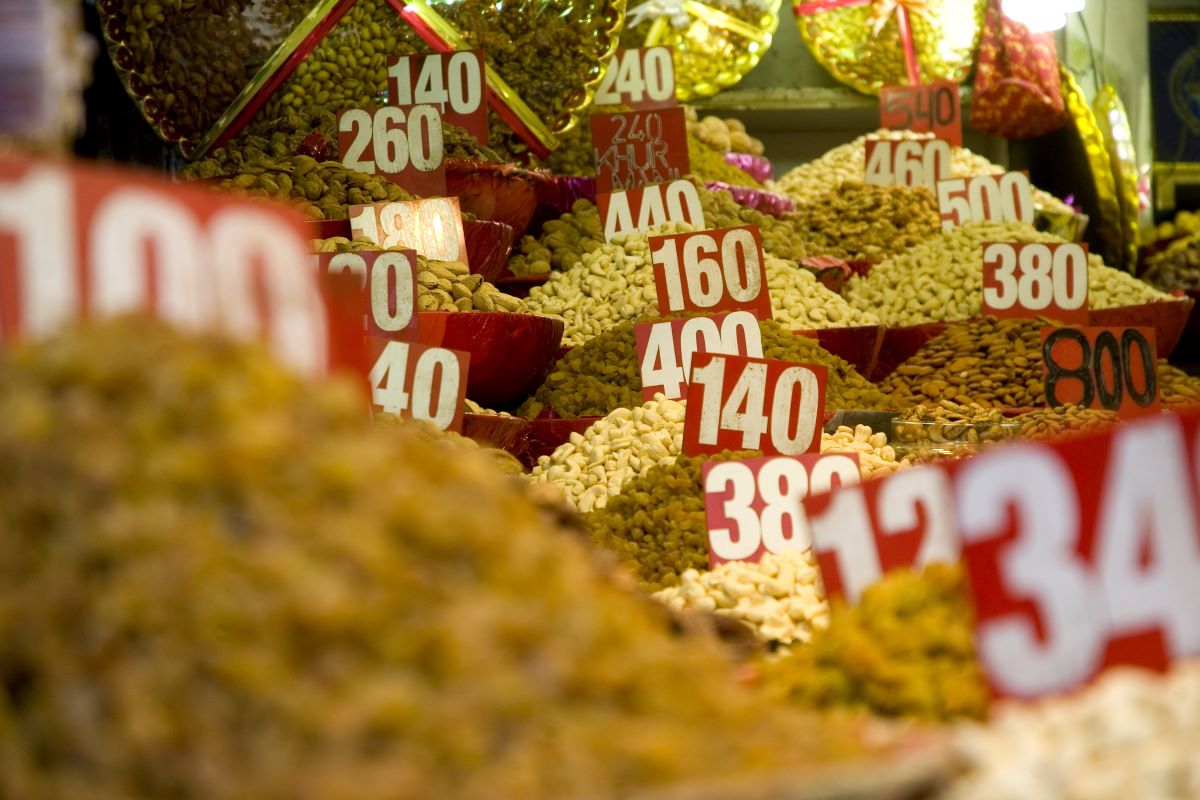Asian economies were expected to be on the path of recovery in 2022 but instead, they are reeling from the fallout from the Ukraine war as well as new outbreaks of Covid-19 and lockdowns in key industrial hubs in China. The Russian invasion of Ukraine has exacerbated inflationary pressures in the region, and Asia food prices are on the rise.
World Economic Forum (WEF) in a report says global economies were expected to be on the pre-Covid growth path by the end of 2022, and inflation would be short term. A survey by the agency found that 52% of economists were expecting food insecurity to rise in South Asia, 25% in China, and 30% in East Asia and the Pacific. Economists are expecting a decline in wages across low-income economies.
Asia’s food crisis
UN Food and Agriculture Organization’s Food Price Index hit its highest level in March 2022 since its inception three decades ago. This is because the Ukraine war is having a significant impact on food supply, as 36 countries imported more than 50% of their wheat from Russia or Ukraine in 2020.
WEF says wheat prices are expected to increase by another 40%, whereas vegetable oils, cereals, and meat sub-indices are at all-time highs. A UN report previously said that rising food and energy prices would put additional strain on struggling public budgets in many countries and would lead to food shortages and blackouts. V. Muraleedharan, Minister of State for External Affairs of India, earlier warned against hoarding and speculation in food grain stocks and noted India’s announcement of new measures on wheat exports.
To understand why there is a food shortage, it is essential to understand the role of Ukraine and Russia in the global food supply. The two countries are agricultural powerhouses and generated 12% of the world’s farm exports before the war. Ukraine provided a third of all wheat exports, while it was the largest exporter of sunflower oil in the world. Russia is a major supplier of oil and fertilizers. A short supply of these commodities is causing a food crisis in Asia and the rest of the world, whereas sanctions on Russia and the resulting fertilizer shortage are likely to affect upcoming harvests, impacting global food markets.
Ban on food exports
However, the food crisis has an even bigger geopolitical impact as countries try to ration their resources. India was previously eager to export wheat and reap profits, but it recently announced a ban on wheat exports giving preference to domestic supply. Central Asia countries that get grain from Kazakhstan are suffering from shortages as the country has banned exports for three months.
In Indonesia, the rising cost of cooking oil has prompted the country to halt exports of crude and refined palm oil, and India is now scrambling to find a replacement. Shops in Sri Lanka have seen staples such as lentils completely disappear from the shelves as the country tackles high food inflation.
“The conflict is driving a new wave of protectionism. Desperate to ensure adequate domestic supplies, governments are raising new barriers to exports. A total of 47 export curbs on food and fertilizers have been put in place by various countries this year, according to a professor at the University of St. Gallen,” writes Vaibhav Tandon, Economist at Northern Trust.
The question here is why are Asian countries more exposed to food insecurity compared to their Western counterparts? People in Asia generally spend over half of their income on food, whereas American families spend less than a tenth of their disposable income on foodstuff, as per the Asian Development Bank.
China food security
In China, food prices are at all-time highs. The world’s most populous country is the largest producer and consumer of wheat, but the pressure point is pricing. Inflation, the short supply of grain from Russia and Ukraine, and the resurgence of Covid-19 are immediate problems for food supply in China, while the country is also tackling a fall in crop yield due to climate change.
In July 2021, China’s ‘granary’ – the Henan province – saw heavy rainfall and flooding affect 2.4 million acres of crop fields. Henan produces a third of China’s wheat supply and accounts for a tenth of its corn, vegetable, and pork supply, as per WEF. Floods in rice-producing provinces washed over rice fields, such as in Hubei, and then typhoons hit the corn harvest.
Last week it was reported that sugar prices are now on the rise, and Chinese consumption of sugar is falling amid rising import costs. Russia has banned sugar exports, while Brazil, the world’s top producer and exporter of sugar, has canceled export contracts to cash in on ethanol amid high energy prices.
“It is important to note that the lowest grain inventory levels the world has ever seen are now occurring while access to fertilizers is highly constrained, and drought in wheat-growing regions around the world is the most extreme it’s been in over 20 years,” said Sara Menker, CEO of Gro Intelligence, a firm that gathers and analyses global food and agricultural data.
Meanwhile, an ASEAN economist at Bank of America Securities recently told CNBC that Southeast Asia is at risk of ‘social unrest’ due to food shortages. Protests due to high food prices have already erupted in Iraq and Sri Lanka.










 Australia
Australia China
China India
India Indonesia
Indonesia Japan
Japan Malaysia
Malaysia Philippines
Philippines Singapore
Singapore South Korea
South Korea Taiwan
Taiwan Thailand
Thailand Vietnam
Vietnam Germany
Germany Hong Kong
Hong Kong USA
USA Switzerland
Switzerland Singapore
Singapore
 United Kingdom
United Kingdom








